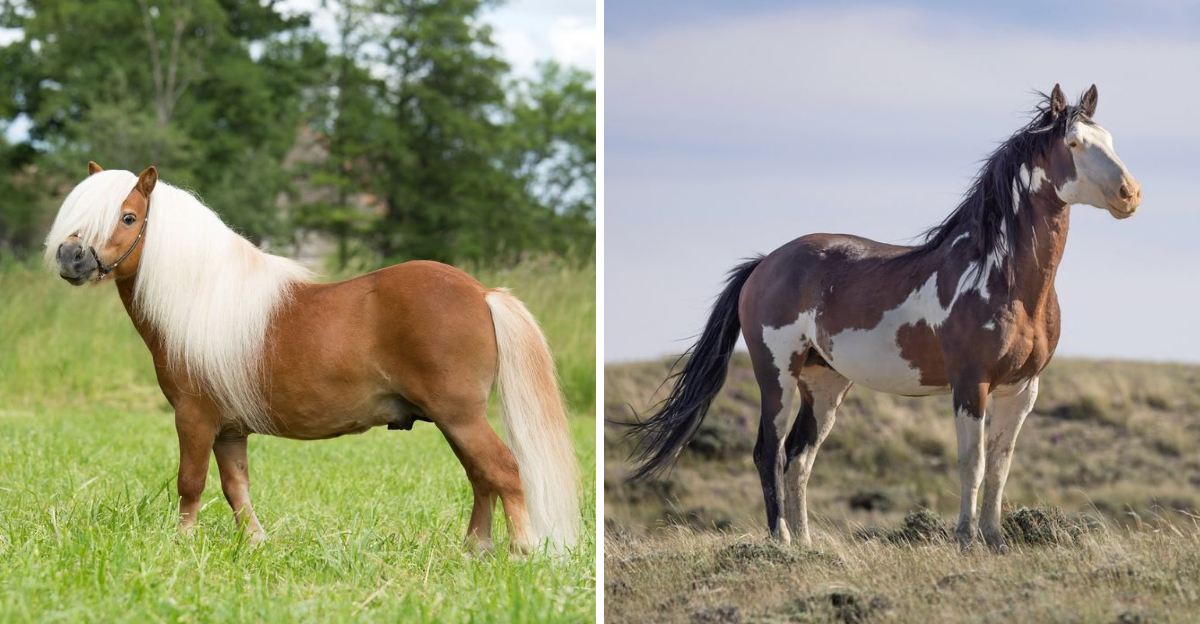Horses are majestic creatures known for their grace, strength, and loyalty. However, like all living beings, their time on Earth is limited.
While many horses enjoy long and healthy lives, some breeds are more predisposed to shorter lifespans due to various factors including genetics, health issues, and environmental conditions.
Understanding the lifespan of different horse breeds can help in making informed decisions when it comes to care and management. Here are eight horse breeds that are known to have shorter lifespans compared to others.
1. Friesian Horse
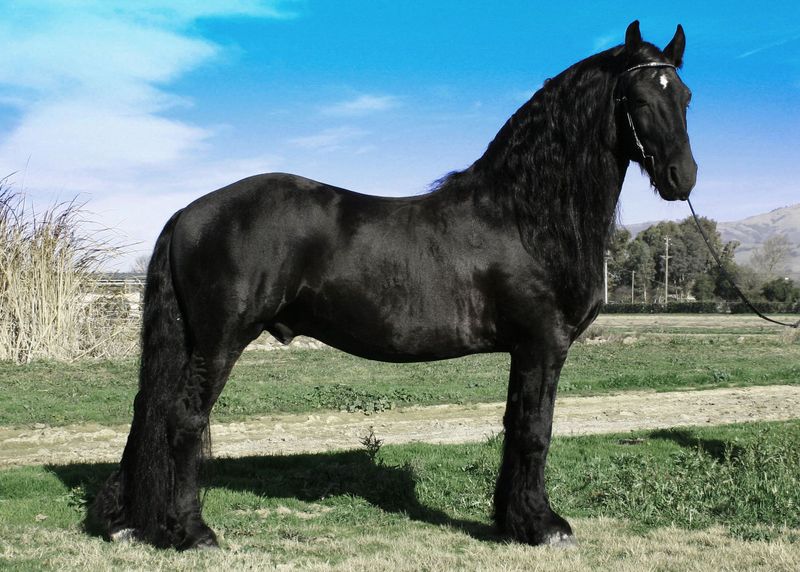
The Friesian Horse, hailing from the Netherlands, is famed for its glossy black coat and flowing mane and tail. Their striking appearance makes them a popular choice in films and parades. However, this breed is known to have a shorter lifespan, typically ranging from 15 to 20 years.
Several factors contribute to their limited lifespan. Friesians are prone to specific health issues such as dwarfism and hydrocephalus, which can reduce their overall life expectancy. Additionally, their large size demands careful attention to their diet and exercise to prevent joint problems.
Owners of Friesian Horses should ensure regular veterinary care and a balanced diet to mitigate these risks. Despite these challenges, Friesians are cherished for their gentle demeanor and are often used in dressage and driving sports.
Their majestic presence and gentle nature make them a favorite among horse enthusiasts, but prospective owners should be prepared for the responsibilities that come with their care.
2. Belgian Draft Horse
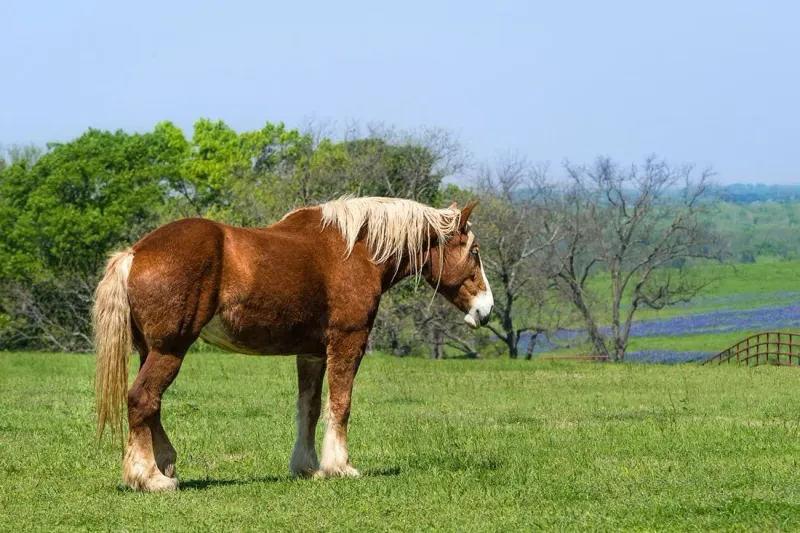
The Belgian Draft Horse, known for its immense strength and gentle disposition, plays an integral role in farming communities. Originating from Belgium, these horses are prized for their ability to perform heavy work. However, they typically have shorter lifespans, often living between 15 to 20 years.
Their large size and weight can lead to joint problems and other health issues, which may contribute to their limited life expectancy. Proper care and attention to their diet and workload are essential to maintain their health.
Owners of Belgian Draft Horses should ensure they receive regular veterinary care and a balanced diet to support their massive frames.
Despite their shorter lifespan, these horses are cherished for their ability to work hard and their calm nature. They are often used in draft horse shows and parades, highlighting their incredible strength and grace.
3. Gypsy Vanner
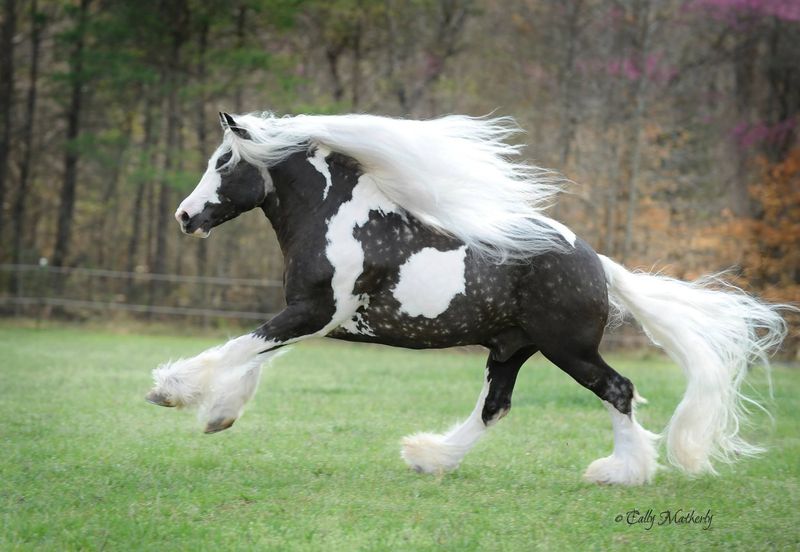
The Gypsy Vanner, known for its stunning appearance and gentle temperament, typically has a lifespan ranging from 15 to 20 years. These horses are cherished for their long manes, tails, and feathered legs, which make them a popular choice for shows.
However, due to some hereditary health issues, such as chronic progressive lymphedema, they may face a reduced lifespan. Owners must ensure regular veterinary check-ups and a balanced diet to maintain their overall health.
The Gypsy Vanner thrives in environments where they receive ample attention and care, making them wonderful companions for those willing to invest time in their upkeep. These horses truly bring immense joy and beauty into the lives of those who choose them.
4. Falabella
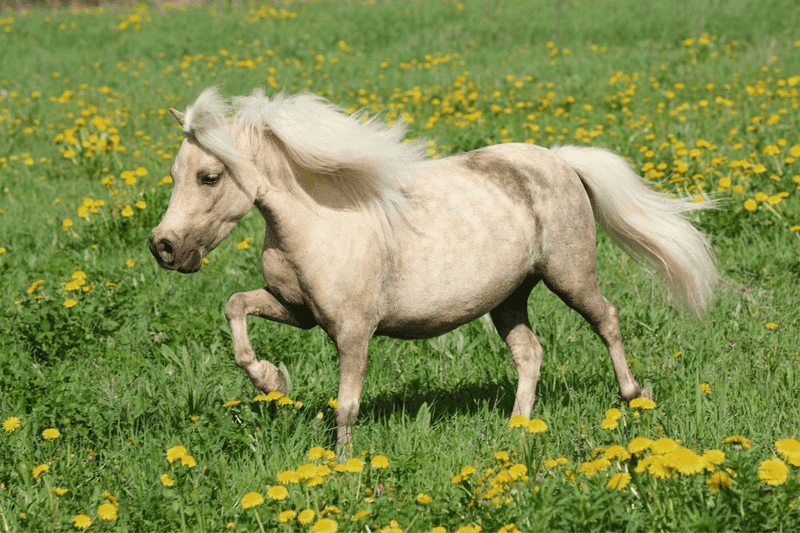
The Falabella is the world’s smallest horse breed. Despite their charm, these little horses typically have a lifespan of around 16 to 20 years. This is shorter than that of their larger counterparts, partly due to their diminutive size and unique health challenges.
Falabellas require careful management to ensure they live healthy lives. Due to their size, they can be prone to certain genetic disorders and dental issues, which need regular attention from veterinarians.
Owners should focus on providing a balanced diet and maintaining regular health check-ups. With the right care, Falabellas can enjoy a quality life, but their lifespan does remind us of the importance of attentive care and early health interventions.
5. Shire Horse
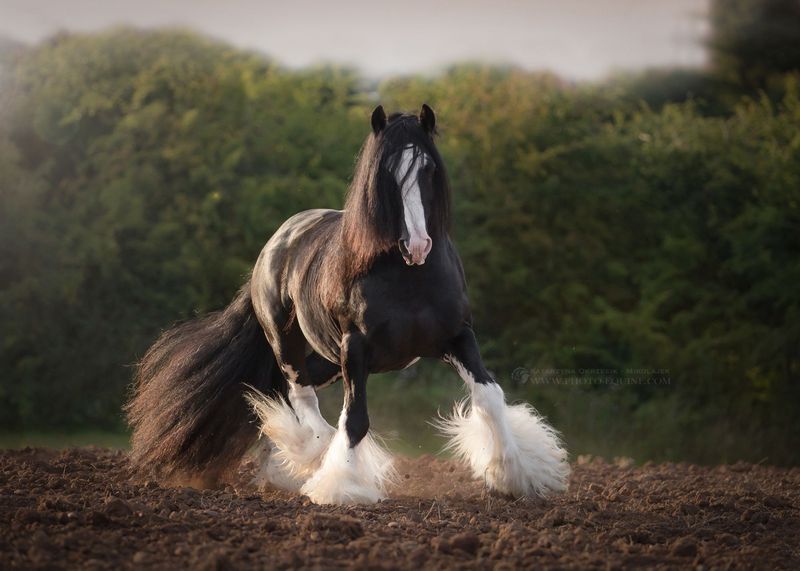
Standing among the giants, the Shire Horse is recognized as one of the largest horse breeds. Originating from England, these horses are admired for their strength and gentle temperament. However, their size also contributes to a shorter lifespan, typically around 20 to 25 years.
Their massive bodies require careful management to prevent health issues, particularly those relating to weight and joints. Regular exercise and a balanced diet are crucial in maintaining their health. The Shire’s calm nature makes them popular for leisure riding and in parades, where their gentle demeanor shines.
Owners should be prepared for the commitment involved in caring for such a large and impressive animal.
6. Shetland Pony
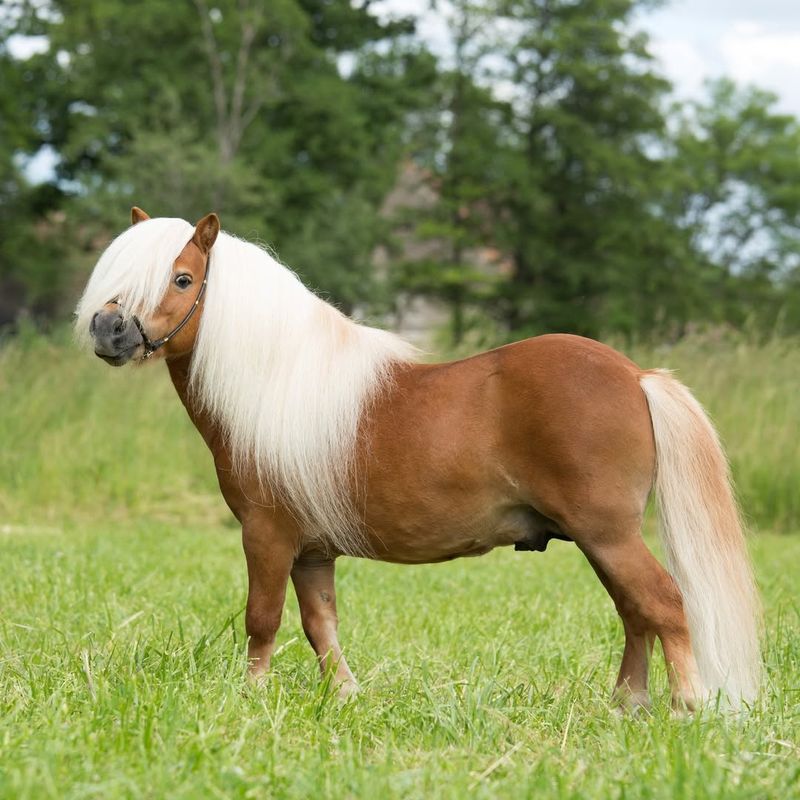
Small yet mighty, the Shetland Pony is a favorite among children and adults alike. Originating from the Shetland Islands, these ponies are known for their strength and resilience. Despite their robust nature, they tend to have shorter lifespans, generally living between 20 to 25 years.
Shetland Ponies are susceptible to metabolic disorders, such as equine metabolic syndrome, which can affect their longevity. Their small size requires careful management of their diet to prevent obesity, a common issue in the breed.
Regular exercise and veterinary care are key to maintaining a Shetland Pony’s health and vitality. Their friendly and playful personality makes them popular in therapeutic riding programs and as companion animals.
7. Mustang
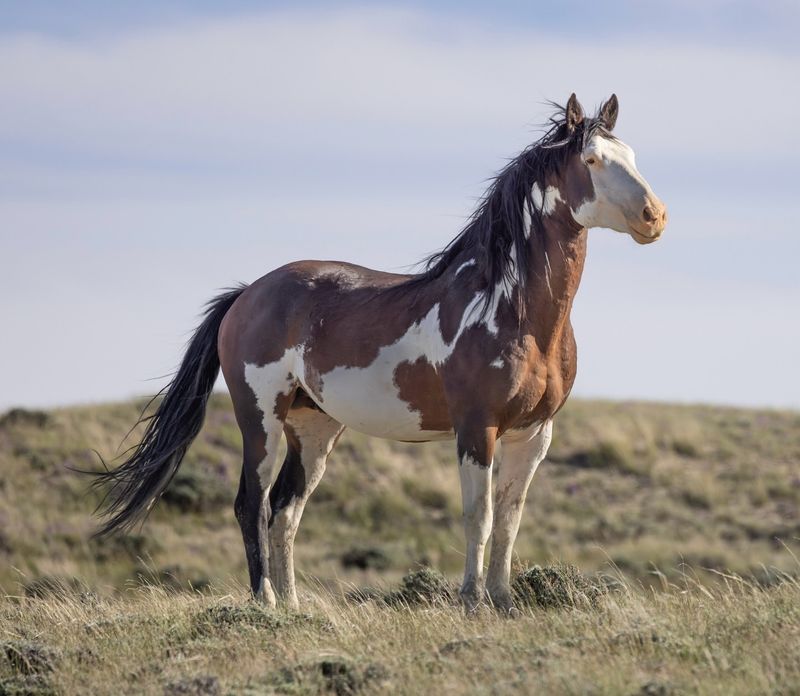
The Mustang symbolizes wild freedom, roaming vast American landscapes. Known for their resilience, these horses have adapted to survive in challenging environments.
While their wild counterparts often have shorter lifespans due to harsh living conditions, domestic Mustangs can live up to 25 years with proper care.
Ensuring ample space for exercise and a diet rich in nutrients are key to maintaining their health and vitality.
8. Thoroughbred
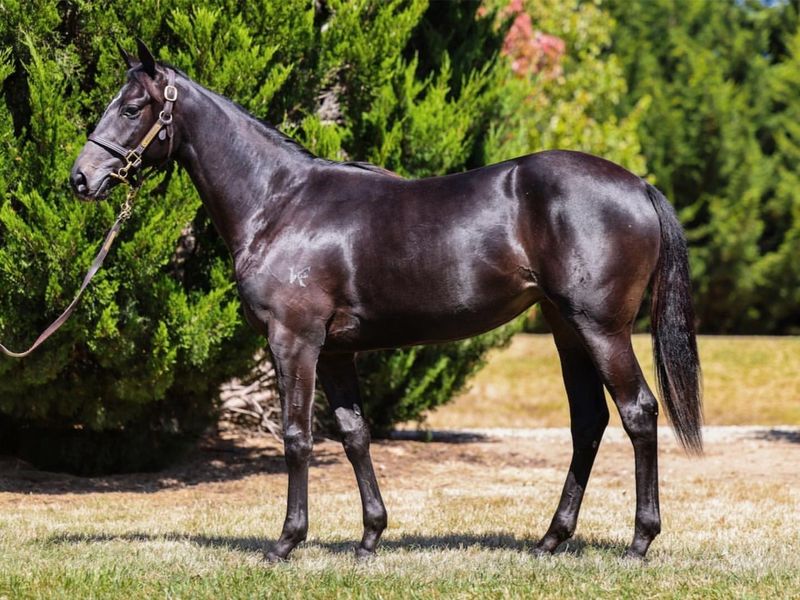
Thoroughbreds are one of the fastest horse breeds, making them the stars of the racing world. Originating from England, these horses have a storied history in competitive racing. Despite their athletic prowess, Thoroughbreds often have shorter lifespans, generally living between 25 to 28 years.
The demands of racing can take a toll on their bodies, leading to injuries and health issues that may shorten their lives. Rigorous training and racing schedules contribute to the wear and tear on their joints and muscles.
Furthermore, their high-strung temperament requires careful handling and management. Ensuring a Thoroughbred’s longevity involves a balanced diet, regular veterinary care, and adequate rest.
Many retired racehorses find second careers in disciplines such as dressage or show jumping, where their athleticism continues to shine. Owners should be prepared for a committed care regime to support their horse’s health and well-being throughout its life.

